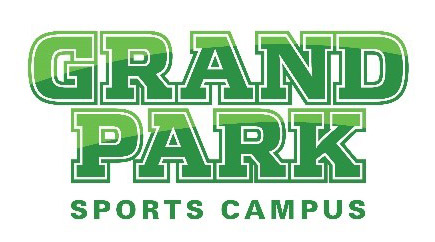Executive Summary
COVID-19 has impacted nearly every aspect of life, and youth sport is no exception. States and counties have published and are regularly modifying their guidelines for permitting youth sports to return. Governing bodies, sports facilities, and event operators have created modifications and adaptations for participants and spectators to ensure a safe environment.
However, there is light at the end of the tunnel—according to CDCdata, as of the end of April 2021, over a quarter of Americans have received the COVID-19 vaccine. With the number of daily administered doses of the vaccine exceeding three million and steadily increasing by the day, our eventual “return to normal” will come sooner rather than later.
This study, conducted by the Sports Innovation Institute (SII) at IUPUI, a partnership between Indiana and Purdue Universities in Indianapolis, and Grand Park Sports Campus, sought to evaluate the current perceptions and attitudes of parents, athletes, coaches, officials, and administrators toward COVID-related adaptations.
partnership between Indiana and Purdue Universities in Indianapolis, and Grand Park Sports Campus, sought to evaluate the current perceptions and attitudes of parents, athletes, coaches, officials, and administrators toward COVID-related adaptations.
SII collected 2,917 survey responses from parents, coaches, and athletes who participate in youth travel sports, predominantly from seven Midwestern states (Illinois, Indiana, Kentucky, Michigan, Missouri, Ohio, and Wisconsin). Clustered respondents fell into four groups based on their perceptions of removing COVID-related adaptations and attitude toward COVID-19. The results provide youth sports facilities and event operators with actionable data regarding when, how much, and for whom specific COVID-19 adaptations and procedures can be scaled back as our country steadily approaches normalcy.

